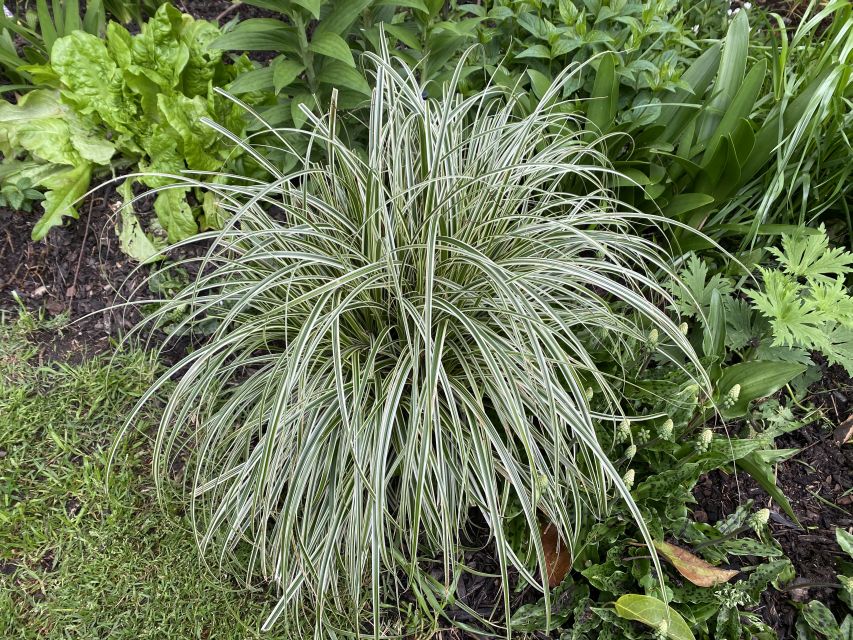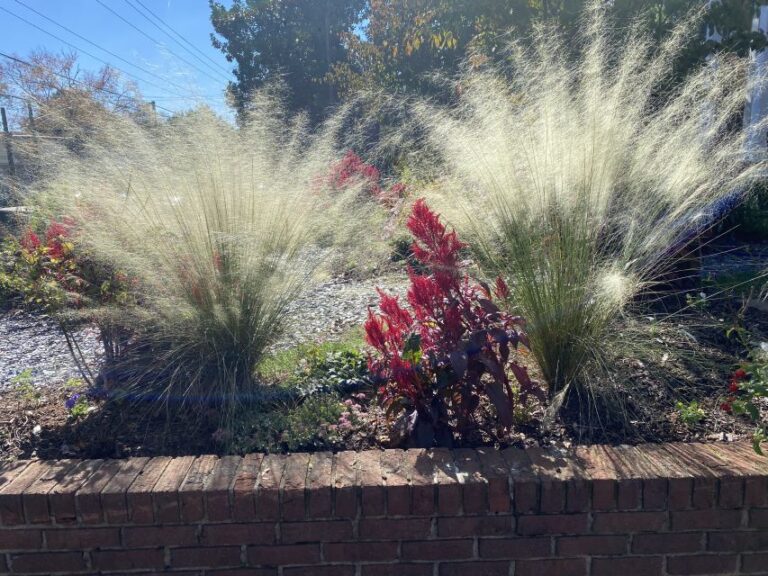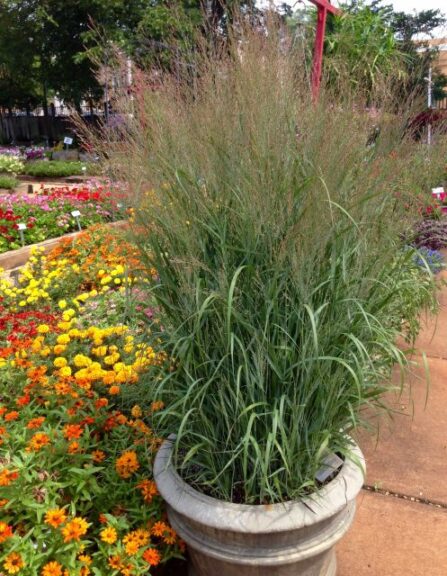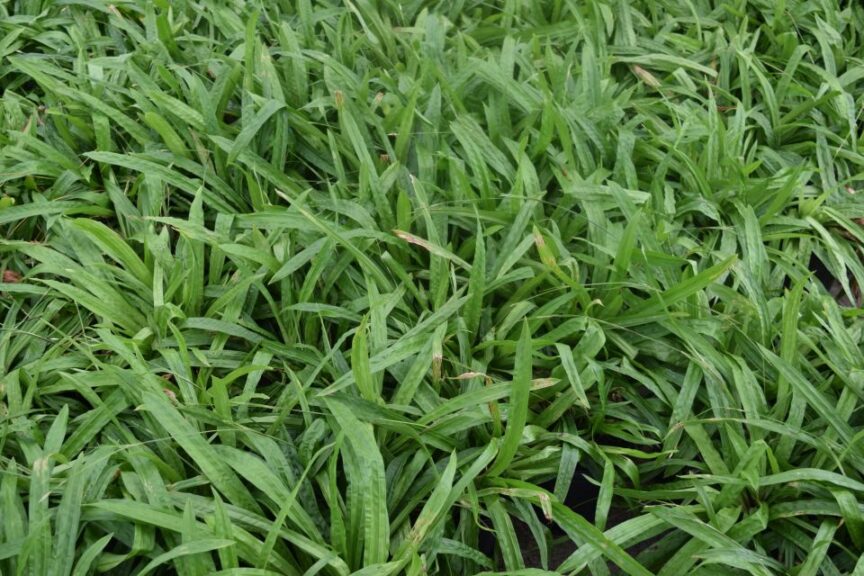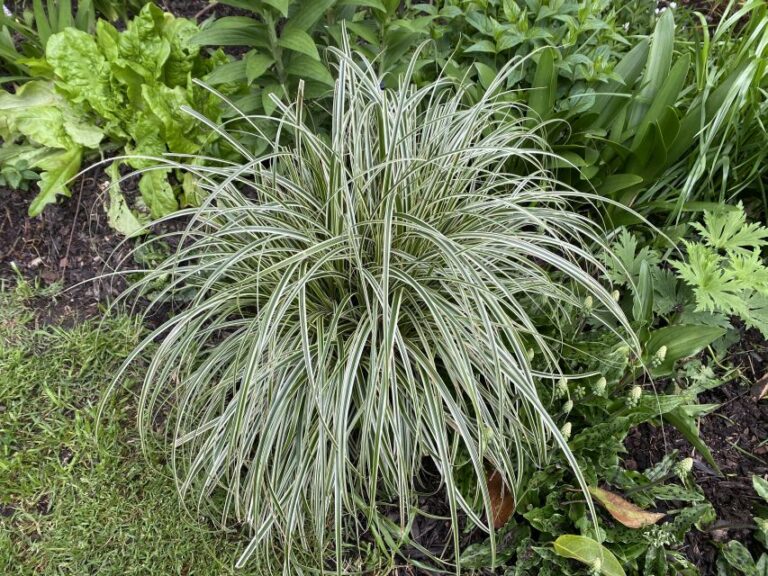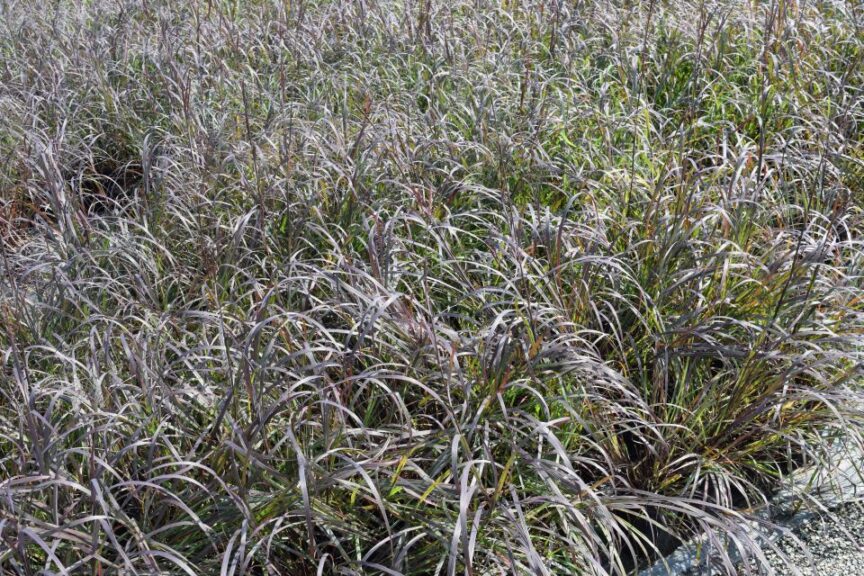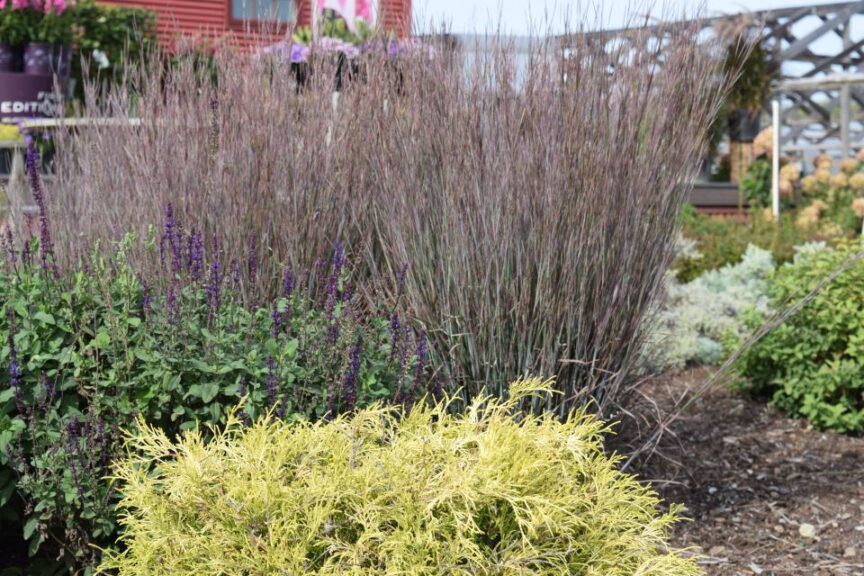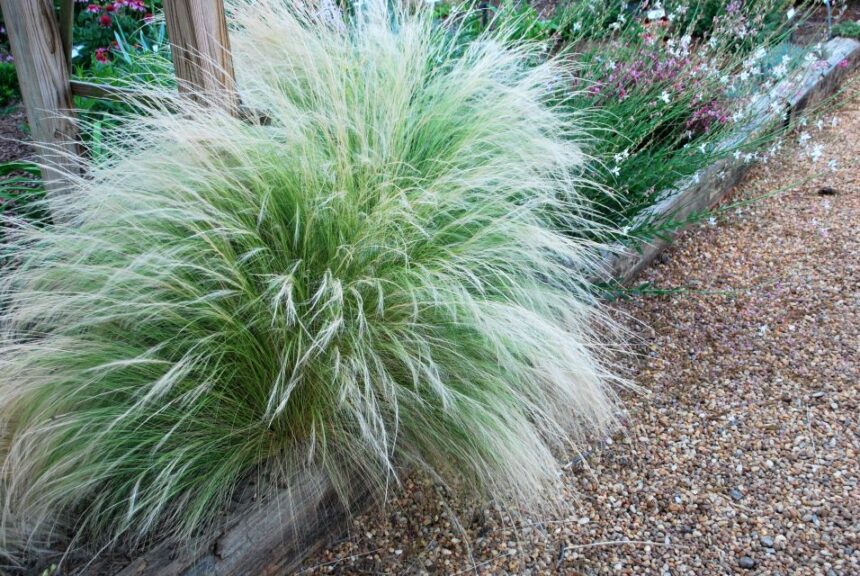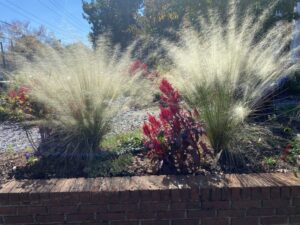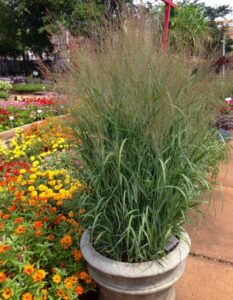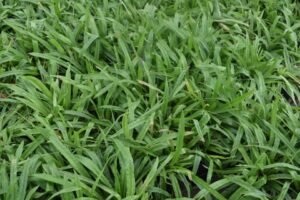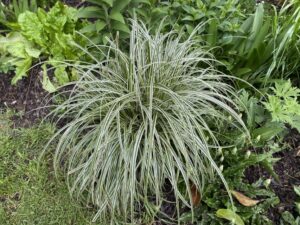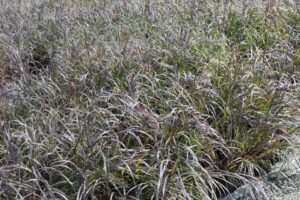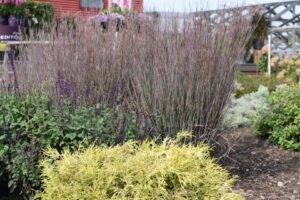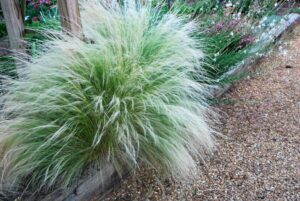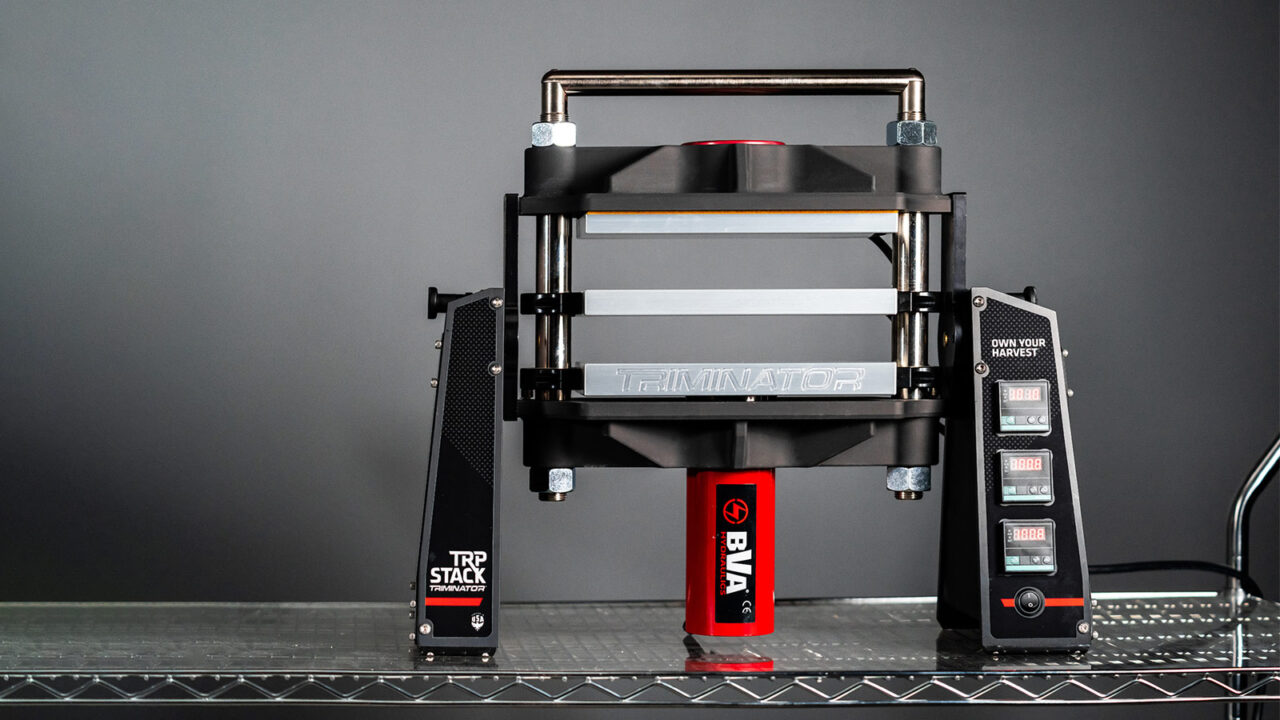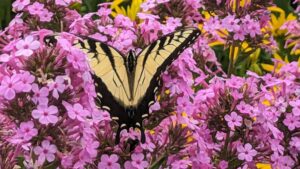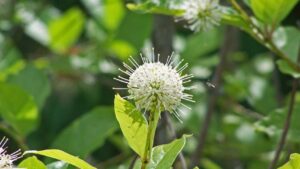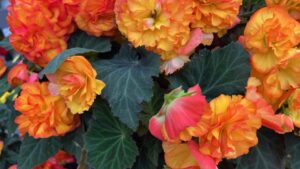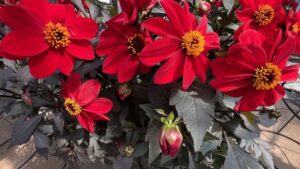Ornamental Grasses Can Resolve Garden Challenges for Fall
Fall is not far away, even though as you are reading this, it is likely lots of summer heat is still hanging around. But as summer eases into fall, this is when landscapers and gardeners return for garden renewal.
While there is no denying the importance of pansies, violas, and potted mums for the fall season, there is also no denying the importance of ornamental grasses, which not only strut their stuff in the fall, but are mainstays of the garden and landscape throughout the year. Our industry is blessed with spectacular companies whose main product is ornamental grasses, so we will never be at a loss for the newest and greatest.
Breeders and nursery and garden center owners are always telling me how important “new” is, while gardeners and landscapers are always telling me that new is fine, but what they need are solutions, not specific cultivars.
Grasses solve problems; they provide a diverse range of heights, colors, and fall interest. They solve the problems of water conservation (they grow in dry areas) and they solve my working daughters’ desires for low maintenance. They provide solutions for plants in harsh sun conditions, and they answer the question of fall color.
Plant selection today is all about solutions, and grasses provide many. Here are six of my recommendations for solution-gardening using grasses.
- Muhly Grass (Muhlenbergia): The biggest drawback for Muhly grass is lack of cold hardiness (to Zones 6 and 7). I get it, but there are still plenty of people outside the Midwest and New England who can’t get enough of it. Its fall color is spectacular. The species is pink, but ‘White Cloud’ may be more flashy.
- Switch grass (Panicum): There is no shortage of new cultivars and good cultivars. They provide solutions for fall color (at least in the north), they are hardy in cold weather, and they are a native plant.
- Carex: Yes, I understand it is not a true grass, but everyone seems to sell it as such. As with switch grass, selections have mushroomed in the last 10 years, and there should be no shortage of cultivars. They solve the native plant question (most natives are green and excellent for reclamation problems), and those with brilliant foliage solve the problems of season-long color and low maintenance.
- Big Bluestem (Andropogon): The introduction of ornamental foliage (e.g., ‘Blackhawks’) to this native has provided a colorful solution to those who want grassy natives but like more color than just in the fall. The species itself is wonderful but doesn’t capture the imagination of the purple forms.
- Little Bluestem (Schizachyrium): Never underestimate the importance of having an inventory of native grasses, and the selection of ‘Standing Ovation’ helped put this grass on
the map. - Feather Grass (Nassella): This is another little-known grass for the south (only hardy to Zone 7). This grass provides feathery and almost-golden flowers in late summer and fall on 1- to 2-foot tall plants. It provides solutions for low maintenance and long-season flowering. And another selling point, it is so feathery that it gives lambs’ ears a run for coziness.
Grasses may not be for everyone, and they will not replace Japanese anemones and mums, but they complement any landscape and sure provide solutions for my daughters and your neighbors.




